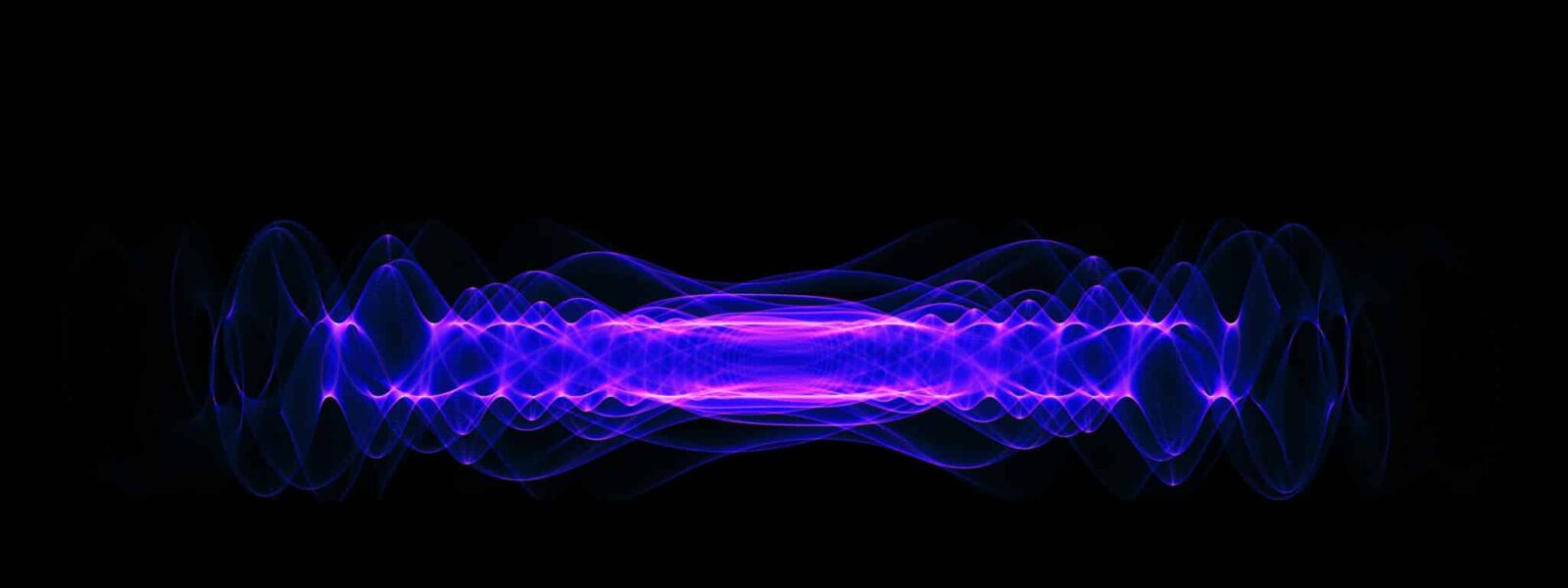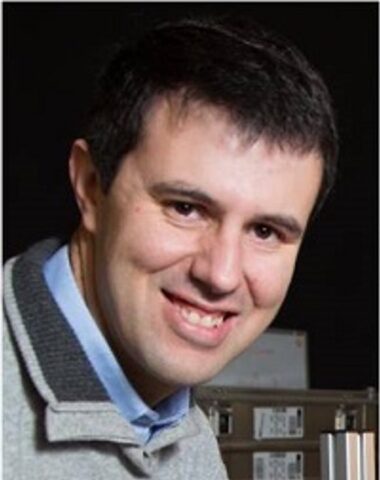How to recycle CO2 using cold plasma
- Cold plasmas could play an important role in the recovery and recycling of CO2.
- Cold plasmas are the only medium in which CO2 molecules can be preferentially excited to make them more reactive.
- The efficiency of the plasma-induced CO2 conversion is not so much limited by the dissociation of C-O bonds but rather by the so-called “reverse reaction” processes.
- This reverse reaction can be avoided by coupling cold plasmas to catalysts, liquid solvents, or ionic membranes.
- CO2 recovery technologies could become economically and energetically viable if CO2 emissions were taxed more heavily.
Plasmas, and in particular cold plasmas, could play an important role in the recovery and recycling of CO2. Olivier Guaitella and colleagues at the Laboratoire de physique des plasmas (LPP1) are working on the activation of CO2 using these plasmas and its conversion into molecules with higher energy density. This makes it possible to recycle CO2 before it is released into the atmosphere.
Even if we succeed in reducing CO2 emissions, which remains the priority, the industries we depend on today, such as steel works, cement plants and glass factories, will continue to emit this greenhouse gas – at least for the foreseeable future. Rather than burying the CO2 in underground sequestration fields, which is a technically complex process that acidifies soil and leaves future generations with the problem of stored CO2 on their hands, the idea is to try to capture the emitted CO2 and recycle it by converting it into higher energy density molecules, such as ethanol or methanol. This approach also provides a solution for storing renewable energy in chemical form that can be transported and used when needed.
For recycling, one technique is to hydrogenate CO2, but there is a problem to overcome here: CO2 is an extremely stable molecule that does not react well chemically with hydrogen or with other atoms or molecules. There are therefore several techniques for either reducing CO2 emissions at source, or for converting or trapping it. These include conventional thermal catalysis in which CO2 and hydrogen are heated together in the presence of a catalyst; electrolysis; thermal cracking in solar furnaces, for example; and the use of plants such as oilseed rape and sugar beet or algae that feed on CO2 to convert CO2 emissions into biofuel.
A new solution: cold plasmas
As physicists, Olivier Guaitella and colleagues are working on another approach using cold plasmas. Plasmas are gases that have been ionised with an electric field so that they contain positive ions and electrons. Cold plasmas are only partially ionised – typically only one in 10,000 particles in the gas is ionised. The special feature of this type of plasma (also called “non-thermal” plasma) is that the electrons, ions and neutral atoms in the gas are not at the same temperature. Cold plasmas are therefore the only medium in which CO2 molecules can be preferentially excited to make them more reactive, without wasting precious energy heating up the whole gas.
Cold plasma allows us to generate chemical reactions that cannot be achieved by simply heating the gas.
In a cold plasma, some of the electrons produced have high energy but the gas remains at relatively low temperatures. These electrons are capable of breaking the bonds of CO2 molecules or exciting these bonds. “Cold plasmas are what we call an out-of-thermodynamic-equilibrium medium,” explains Olivier Guaitella. “This medium allows us to generate chemical reactions that we cannot obtain by simply heating the gas, because it allows us to exceed thermodynamic limits.”
“What we are trying to do is to use the few electrons that have a lot of energy to excite the vibrations of the CO2 molecule. If we can transfer enough energy to these vibrations, the CO2 molecule will become reactive to other molecules with a minimum of energy expenditure.”
Avoiding the “reverse reaction”
To generate the plasma, the researchers use electrical energy – ideally from renewable sources – to accelerate the electrons in the gas, which then transfer energy to the vibrations in the CO2 molecule. “Once we’ve managed to do that, we can try to react the CO2 molecule with green hydrogen (which can come from processes like electrolysis) or methane (which can come from fermentation of biological waste, for example) to convert the CO2 into methane, methanol or other hydrocarbons. »
What really limits the efficiency of plasma-induced CO2 conversion is not so much the dissociation of C‑O bonds, as this process works well, but rather the so-called “reverse reaction” processes, which must be avoided at all costs, explains Olivier Guaitella. “Once we have split the CO2 molecule into carbon monoxide (CO) and an oxygen atom (O), we must prevent this oxygen atom from recombining with the CO to reform CO2,” he explains. “If this happens, the efficiency of the CO2 transformation process is greatly reduced.”

There are several ways of avoiding this reaction: by coupling cold plasmas with catalysts; liquid solvents; or ionic membranes (materials that allow the continuous extraction of the oxygen atoms formed). “In our team, we are studying these three approaches in parallel,” stresses Olivier Guaitella.
Optimising the recovery of CO2
There are also different ways of igniting the plasma. One of the plasma sources used at LPP – for fundamental research purposes only – are “glow discharges” (similar to those used in fluorescent neon tubes used for lighting). The advantage of these discharges is that they can be easily compared with numerical models to better understand the behaviour of CO2 plasmas, a very complex medium in itself. However, glow discharges are not very efficient at converting CO2. “One idea to improve efficiency is to use pulsed radio frequency discharges generating electric fields that typically oscillate in the 13–56 MHz range,” explains Olivier Guaitella. “These plasmas allow us to achieve high electron densities while having a sufficiently low average electric field to optimise the excitation of the CO2 vibrations.”
We have built a demonstrator that shows that we are able to achieve CO2 methanisation with such radio frequency discharges.
“On this theme, we currently have a project underway, initially financed by the Paris IP and now by the SATT Paris Saclay,” he says. “It is not strictly speaking at the prototype stage, in the sense that we cannot yet operate it on an industrial site. However, we have built a demonstrator on a scale already larger than our laboratory reactors. This demonstrator, developed notably by doctoral student Edmond Baratte, shows that we can carry out the methanisation of CO2 with such radiofrequency discharges.”
“CO2 recycling presents both societal and technological challenges. Although there are several technologies for recovering CO2, none of them are currently economically and energetically viable. However, they could become so if CO2 emissions into the atmosphere were taxed more heavily. This would encourage large polluters to invest more in CO2 recycling facilities. These are political and economic choices, however.”
Isabelle Dumé
Références
- PIONEER project
- PLASMAScience Graduate School
- E4C (Energy4Climate)
- C Fromentin et al 2023. Study of vibrational kinetics of CO 2 and CO in CO 2 –O 2 plasmas under non-equilibrium conditions. Plasma Sources Sci. Technol. 32 024001
- C. Fromentin, T. Silva, T. C. Dias, E. Baratte, O. Guaitella, V. Guerra. Validation of non-equilibrium kinetics in CO2-N2 plasmas. arXiv:2301.08938v1
- Silva, T., Morillo-Candas, A. S., Guaitella, O., & Guerra, V. (2021). Modeling the time evolution of the dissociation fraction in low-pressure CO2 plasmas. Journal of CO2 Utilization, 53, 101719
- Bogaerts, A., Neyts, E. C., Guaitella, O., & Murphy, A. B. (2022). Foundations of plasma catalysis for environmental applications. Plasma Sources Science and Technology, 31(5), 053002















